Home>Articles>What Knives And Hand Tools Should An Entry-Level Cook Use?
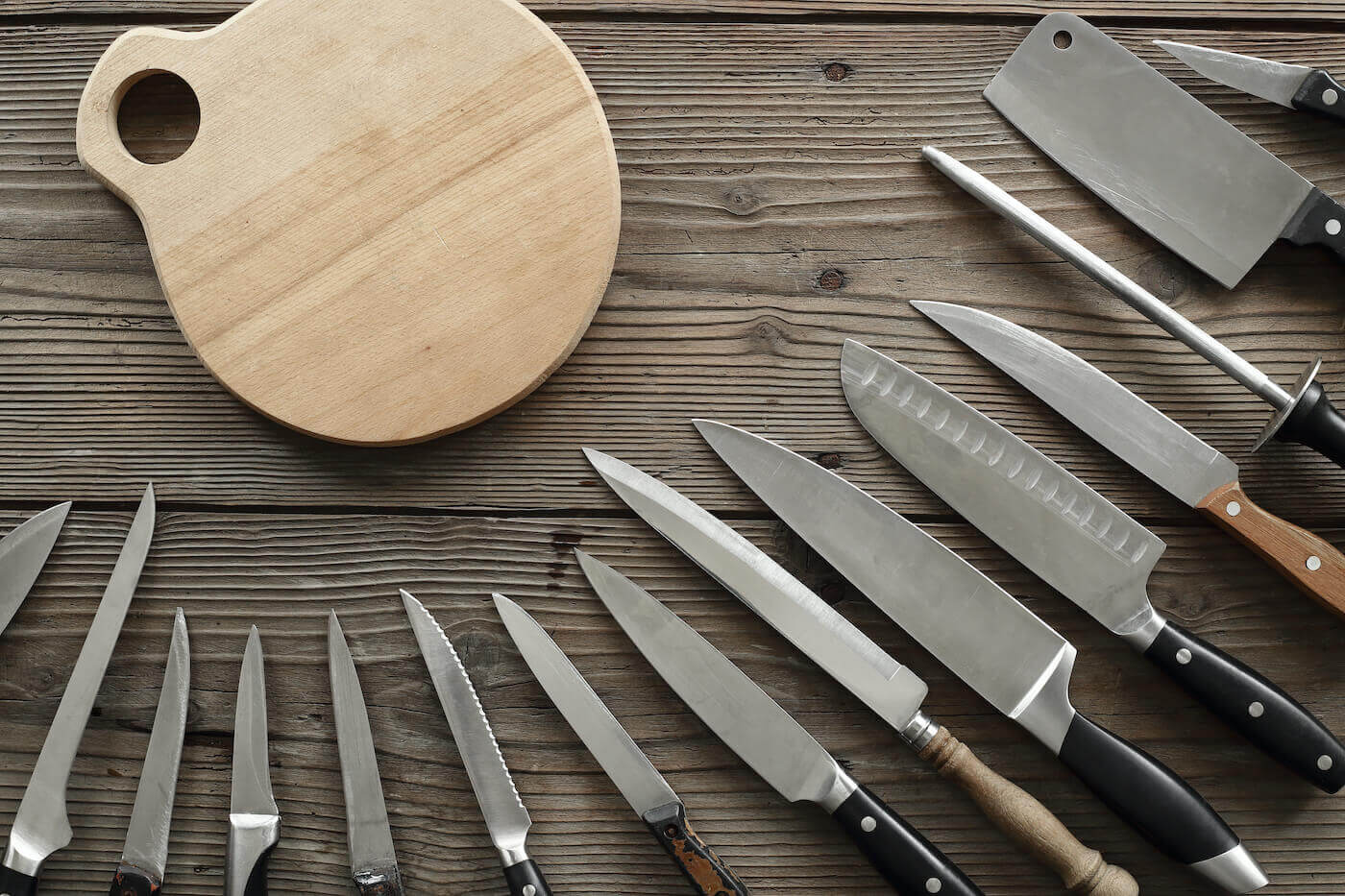

Articles
What Knives And Hand Tools Should An Entry-Level Cook Use?
Modified: September 2, 2024
Looking for articles on what knives and hand tools you should have as an entry-level cook? Discover essential kitchen tools for beginners.
(Many of the links in this article redirect to a specific reviewed product. Your purchase of these products through affiliate links helps to generate commission for Storables.com, at no extra cost. Learn more)
Introduction
As an entry-level cook, having the right tools is essential for honing your culinary skills and preparing delicious meals. While there are many kitchen utensils and gadgets available, one category that holds utmost importance is knives and hand tools. These instruments are the backbone of any cook’s arsenal, helping them chop, slice, dice, and perform various other tasks with precision and ease.
In this article, we will explore the essential knives and hand tools that every entry-level cook should have in their kitchen. Whether you’re just starting your culinary journey or looking to upgrade your existing tools, understanding the purpose and functionality of each item will greatly enhance your cooking experience.
Key Takeaways:
- Invest in essential knives like the chef’s knife, paring knife, Santoku knife, bread knife, and utility knife to tackle a wide range of culinary tasks and elevate your cooking experience as an entry-level cook.
- Enhance your cooking process with hand tools like cutting boards, knife sharpeners, kitchen shears, peelers, graters, and measuring cups/spoons, ensuring accuracy and professional-level results in the kitchen.
Read more: What Should Be Used When Using Hand Tools
Essential Knives for an Entry-Level Cook
When it comes to knives, it’s important to invest in high-quality options that can withstand the test of time and provide optimum performance in the kitchen. Here are five essential knives that every entry-level cook should consider:
- Chef’s Knife: This versatile knife is a must-have in any kitchen. With its wide blade and curved edge, it allows for effortless slicing, dicing, and chopping of fruits, vegetables, and meats. The chef’s knife is the workhorse of the kitchen and should be the first knife you reach for when preparing your meals.
- Paring Knife: A paring knife is smaller in size, primarily used for intricate tasks such as peeling, trimming, and slicing small fruits and vegetables. Its sharp, narrow blade provides precision and control, making it a valuable tool for detail-oriented work.
- Santoku Knife: Originating from Japan, the Santoku knife is a multipurpose knife that excels at slicing, dicing, and mincing. Its wider blade and flat edge make it ideal for precise cuts and efficient chopping motions. Whether you’re preparing stir-fries or cutting through soft and hard ingredients, the Santoku knife is a versatile tool to have in your collection.
- Bread Knife: If you enjoy baking or regularly slice bread, a bread knife is essential. With its long, serrated blade, it effortlessly cuts through crusty bread without crushing or tearing it. This knife is also useful for slicing cakes, pastries, and other delicate baked goods.
- Utility Knife: As the name suggests, a utility knife is a multi-purpose tool that handles various kitchen tasks. It is smaller than a chef’s knife and larger than a paring knife, making it suitable for tasks like slicing sandwiches, stemming fruits, and carving small pieces of meat.
Remember, when choosing knives, consider factors such as blade material, handle comfort, and overall balance. It’s crucial to find the knives that feel comfortable and provide excellent control in your hands. Additionally, regularly sharpening and honing your knives will ensure they stay in optimal condition for longer periods.
Chef’s Knife
The chef’s knife is often considered the cornerstone of any cook’s knife collection. With its versatile design and functionality, it is a must-have tool for an entry-level cook. The chef’s knife typically has a blade ranging from 6 to 10 inches in length, providing ample surface area for chopping, slicing, and dicing.
This knife is characterized by its broad and curved blade, which allows for a rocking motion when slicing ingredients. Whether you’re cutting through vegetables, meats, or herbs, the chef’s knife offers precise control and efficiency.
When selecting a chef’s knife, it’s important to look for a blade made of high-quality stainless steel or forged carbon steel. These materials provide durability, sharpness, and resistance to corrosion. Additionally, consider the handle material – it should be comfortable to grip and provide a secure hold, reducing the risk of accidents during use.
Using a chef’s knife involves proper technique and grip. Hold the knife firmly with your dominant hand, grip the handle and rest your index finger on the top of the blade for added control. The other hand should be used to hold and stabilize the food item you’re working with. Remember to use a cutting board to protect your countertops and ensure stability while slicing.
With a chef’s knife in your hand, you can effortlessly tackle a wide range of tasks in the kitchen. From chopping onions to slicing meats, this multifunctional tool will streamline your cooking process and make your culinary endeavors more enjoyable.
Paring Knife
The paring knife is a small but mighty tool that is indispensable in the kitchen. It is designed for precision and intricate work, making it perfect for tasks like peeling, trimming, and slicing small fruits and vegetables.
A paring knife typically has a blade length of 3 to 4 inches, with a pointed tip that allows for delicate maneuvers. The sharpness of the blade enables you to effortlessly remove the skin from fruits and vegetables, trim excess fat from meats, and create intricate garnishes.
When selecting a paring knife, opt for a blade made of high-quality stainless steel to ensure long-lasting sharpness and resistance to rust. The handle should be comfortable to hold, providing a secure grip even when your hands are wet or slippery.
To use a paring knife effectively, hold it firmly, with your index finger resting on the top of the blade for added control. Place the food item on a cutting board and use controlled and precise motions to make accurate cuts. Whether you’re removing the skin from an apple or creating decorative peels, the paring knife will offer precision and finesse.
Aside from its primary functions, a paring knife can also be handy for tasks such as deveining shrimp, deseeding peppers, and creating citrus zest. Its versatility and compact size make it a valuable tool for any entry-level cook.
Remember to clean and dry your paring knife after each use to maintain its sharpness and prevent any corrosion. With proper care and practice, the paring knife will become your go-to tool for intricate tasks in the kitchen.
Santoku Knife
The Santoku knife is a versatile and popular tool that originates from Japan. It has gained worldwide recognition for its exceptional cutting performance and versatility in the kitchen. The word “Santoku” translates to “three virtues” or “three uses,” referring to the knife’s ability to slice, dice, and mince with ease.
A Santoku knife typically features a wide blade with a length ranging from 5 to 7 inches. Unlike a traditional chef’s knife, the Santoku knife has a flat edge and a shorter, straighter blade. This design allows for precise cutting motions with minimal effort.
One of the key advantages of the Santoku knife is its ability to create thin, even slices without tearing or crushing delicate ingredients. It excels at slicing fruits, vegetables, boneless meats, and fish. The flat edge and wider blade also make it ideal for transferring ingredients from the cutting board to the cooking pot.
When selecting a Santoku knife, look for a blade made of high-quality stainless steel, which will provide excellent sharpness and durability. The handle should offer a comfortable grip and be well-balanced to ensure precise control during use.
To use a Santoku knife effectively, hold it with a firm grip, placing the index finger on the top of the blade for added stability and control. Apply a smooth and consistent rocking motion while cutting through ingredients to achieve the desired results.
Whether you’re preparing stir-fries, dicing onions, or mincing garlic, the Santoku knife will become a trusted companion in your culinary adventures. Its versatility, sharpness, and ease of use make it a must-have tool for any entry-level cook.
Remember to clean and dry your Santoku knife after each use to maintain its sharpness and prevent any corrosion. With proper care and practice, the Santoku knife will become an essential part of your kitchen arsenal.
Bread Knife
The bread knife is a specialized tool designed for one specific task – slicing through bread with precision and ease. If you enjoy baking or regularly have bread as part of your meals, a bread knife is an essential addition to your kitchen arsenal.
A bread knife is characterized by its long, serrated blade, typically ranging from 7 to 10 inches in length. The serrated edge allows the knife to glide through crusty bread without crushing or tearing it. The length of the blade is ideal for slicing through loaves of bread or cakes.
What sets the bread knife apart from other knives is its ability to make clean and uniform slices. The serrated edge cuts through the crusts while still maintaining the softness and texture of the bread’s interior. Whether you’re slicing a baguette, a loaf of sourdough, or a delicate cake, the bread knife will ensure perfect slices without compromising the integrity of the baked goods.
When selecting a bread knife, look for a blade made of high-quality stainless steel with sharp serrations. A sturdy handle that provides a comfortable grip is also important, allowing for steady control while slicing through bread. Some bread knives also feature offset handles, which provide additional clearance between your hand and the cutting board, making it easier to slice through thick loaves.
To use a bread knife effectively, gently saw back and forth with a slight downward pressure. Let the serrations do the work, avoiding the temptation to apply excessive force. This technique will help you achieve clean, even slices without any tearing or squishing of the bread.
In addition to slicing bread, a bread knife can also be useful for cutting through other delicate baked goods such as pastries and cakes. Its versatility and ability to preserve the integrity of the food make it an essential tool for any entry-level cook.
Remember to clean and dry your bread knife after each use to maintain its sharpness and prevent any corrosion. With proper care and practice, the bread knife will become your go-to tool for perfect slices of bread every time.
Utility Knife
A utility knife is a versatile tool that every entry-level cook should have in their kitchen. As the name suggests, it is designed to handle various tasks, making it a go-to knife for everyday cooking needs.
A utility knife typically features a blade length between 4 to 6 inches, striking a balance between the larger chef’s knife and the smaller paring knife. It is often characterized by a narrower and more pointed blade, allowing for more precise cutting motions.
The utility knife’s design lends itself to a wide range of uses. It can handle tasks such as slicing sandwiches, trimming smaller cuts of meat, stemming fruits, and even carving small pieces of poultry. Its versatility makes it an indispensable tool for quick and simple cutting needs.
When selecting a utility knife, look for a blade made of high-quality stainless steel. This will ensure sharpness, durability, and resistance to rust. The handle should provide a comfortable grip, enabling you to maneuver the knife with ease and precision.
To use a utility knife effectively, hold it firmly but lightly, allowing for precise control during cutting. The sharpness of the blade allows for smooth and effortless slicing motions, minimizing the risk of accidents. Whether you’re sectioning a sandwich or slicing through a small piece of meat, the utility knife will prove to be a reliable companion in your kitchen.
In addition to its primary functions, a utility knife can also be useful for more intricate tasks, such as deveining shrimp, deseeding fruits, or creating decorative garnishes. Its smaller size and versatility make it a handy tool in various cooking scenarios.
Remember to clean and dry your utility knife after use to maintain its sharpness and prevent any corrosion. With proper care and practice, the utility knife will become an essential part of your kitchen toolkit, providing reliability and functionality for all your cutting needs.
Additional Hand Tools for an Entry-Level Cook
In addition to a set of quality knives, there are several hand tools that can greatly enhance your cooking experience as an entry-level cook. These tools offer convenience, efficiency, and precision in various culinary tasks. Here are some essential hand tools to consider:
- Cutting Board: A cutting board provides a stable surface for chopping, slicing, and dicing ingredients. Look for a cutting board made of durable material, such as wood or plastic, that is easy to clean and won’t dull your knives.
- Knife Sharpener: Keeping your knives sharp is crucial for optimal performance in the kitchen. Invest in a knife sharpener to maintain the sharpness of your blades and ensure precise cutting. Choose a sharpener that is compatible with the type of knives you own.
- Kitchen Shears: Kitchen shears are multi-purpose scissors that can handle a variety of tasks such as cutting herbs, trimming excess fat from meats, and even opening packages. Look for a sturdy pair with comfortable handles and sharp blades.
- Peeler: A peeler is a handy tool for quickly and effortlessly removing the skin from fruits and vegetables. There are various types of peelers available, from traditional handheld peelers to Y-shaped peelers. Choose one that feels comfortable in your hand.
- Grater: Graters come in different styles and sizes and are useful for grating cheese, zesting citrus fruits, and even shredding vegetables. Look for a grater with different grating options to suit your needs.
- Measuring Cups and Spoons: Accurate measurements are crucial in cooking and baking. Invest in a set of measuring cups and spoons made of durable materials, such as stainless steel or plastic, to ensure consistent and precise measurements.
These additional hand tools will not only make your food preparation more efficient but also provide you with the necessary precision for successful cooking. Remember to clean and properly store these tools after each use to maintain their functionality and prolong their lifespan.
As you progress in your culinary journey and explore new recipes, you may discover other hand tools that suit your cooking style and preferences. Experiment with different tools and techniques to find what works best for you, and enjoy the process of learning and mastering the art of cooking.
Invest in a good chef’s knife, paring knife, and serrated knife. Other essential hand tools include a cutting board, peeler, and kitchen shears. Quality over quantity is key.
Cutting Board
A cutting board is an essential hand tool for any entry-level cook. It provides a stable and sanitary surface for chopping, slicing, and dicing ingredients. While it may seem like a simple item, choosing the right cutting board can greatly impact your cooking experience.
When selecting a cutting board, consider the material. The most common options are wood and plastic. Wood cutting boards are known for their durability and aesthetic appeal. They are gentle on knife blades, reducing the risk of dulling them. However, wood cutting boards require regular maintenance, such as oiling, to prevent warping and cracking.
On the other hand, plastic cutting boards are lightweight, affordable, and easy to clean. They are less prone to bacteria growth, as they can be placed in the dishwasher for thorough sanitation. However, plastic cutting boards may show signs of wear and tear over time, resulting in deep knife grooves that can harbor bacteria.
Consider the size of the cutting board as well. It should be spacious enough to comfortably accommodate the ingredients you’ll be working with. A larger cutting board will give you more room to maneuver and prevent overcrowding, which can hinder your cutting technique.
Regardless of the material you choose, it’s essential to properly maintain and care for your cutting board. After each use, wash it with warm, soapy water and dry it thoroughly to prevent moisture from penetrating the surface. Avoid using abrasive cleaners or placing your cutting board in the dishwasher unless it is explicitly dishwasher-safe.
It’s also important to have separate cutting boards for different food categories, such as meats, fruits, and vegetables, to prevent cross-contamination. This will help maintain food safety and prevent the spread of harmful bacteria.
Using a cutting board effectively involves proper technique. Place a non-slip mat or damp kitchen towel underneath to ensure stability during use. Hold the ingredients securely and use a sharp knife in a controlled manner to minimize the risk of accidents.
With a high-quality cutting board, you’ll have a reliable surface for all your food preparation needs. Whether you’re chopping onions, slicing meat, or dicing vegetables, a well-maintained cutting board will make your cooking process more efficient and enjoyable.
Read more: How Old Should Kids Be To Use Hand Tools
Knife Sharpener
A knife sharpener is a crucial tool for every entry-level cook. Keeping your knives sharp is essential for efficient and safe food preparation. Over time, even the highest quality knives will dull with use, resulting in reduced cutting performance. A knife sharpener allows you to restore the sharpness and precision of your blades.
There are various types of knife sharpeners available, each offering different sharpening methods and techniques. The two main types are manual sharpeners and electric sharpeners.
Manual sharpeners typically consist of two or more sharpening slots with different grit levels. These slots are designed to guide you through the process of sharpening your knife at the correct angle. Manual sharpeners are convenient, portable, and affordable options for entry-level cooks.
Electric sharpeners, on the other hand, automate the sharpening process. They feature rotating abrasive disks that quickly and efficiently sharpen the blade. Electric sharpeners are a great choice for those who have many knives to sharpen frequently, as they offer ease and speed.
When using a knife sharpener, it’s crucial to follow the manufacturer’s instructions, as each sharpener may have specific guidelines. Generally, the process will involve positioning the blade correctly in the appropriate slot and pulling it through in a controlled manner. Repeat this motion several times until you achieve the desired sharpness.
Regularly sharpening your knives helps maintain their cutting efficiency and prevents accidents caused by using dull blades. A sharp knife will glide through ingredients smoothly and effortlessly, improving your overall cooking experience.
Additionally, it’s important to note that sharpening should be done in conjunction with honing. Honing involves using a honing steel or sharpening rod to realign the blade’s microscopic edge, which can become misaligned with regular use. Honing helps maintain the knife’s sharpness between sharpening sessions and should be done more frequently.
By investing in a quality knife sharpener and practicing proper sharpening techniques, you’ll ensure that your knives remain in optimal condition and provide precise cutting performance. An efficiently sharpened knife is not only safer but also enhances your culinary skills by allowing you to achieve professional-level results in the kitchen.
Kitchen Shears
Kitchen shears are an essential hand tool for any entry-level cook. These versatile scissors are designed to handle a wide range of tasks, making them a invaluable addition to your kitchen arsenal. Kitchen shears provide convenience, efficiency, and precision, making them a go-to tool for various culinary needs.
One of the primary uses of kitchen shears is for cutting and trimming herbs, vegetables, and even meats. Their sharp blades and sturdy construction make them perfect for snipping fresh herbs directly into dishes or cutting through tough meat joints or poultry bones. They are a handy tool for any recipe that requires precision and control in trimming or cutting ingredients.
Kitchen shears are also useful for opening packages, cutting twine or parchment paper, and even shredding lettuce or other leafy greens. Their versatility eliminates the need for multiple tools, providing convenience and saving time in the kitchen.
When selecting kitchen shears, look for a pair with sharp, stainless steel blades that are resistant to staining and corrosion. It’s important to choose shears with a comfortable grip and ergonomic handles to avoid hand fatigue during prolonged use.
Using kitchen shears effectively involves holding them securely in your dominant hand and gripping the ingredient or object you’re cutting with your other hand. Exercise caution and ensure that your fingers are clear of the blades while cutting.
After each use, it’s important to clean and dry the kitchen shears thoroughly to maintain their hygiene and prevent any odors or rust from developing. Most kitchen shears are dishwasher safe, but it’s always a good idea to check the manufacturer’s instructions for specific cleaning recommendations.
With a reliable pair of kitchen shears, you’ll find that many kitchen tasks become easier and more efficient. They offer precision, control, and versatility, allowing you to tackle a wide range of cooking and meal preparation with ease. Whether you’re trimming herbs, cutting through ingredients, or performing other kitchen tasks, kitchen shears will prove to be an invaluable tool in your culinary endeavors.
Peeler
A peeler is a handy hand tool that every entry-level cook should have in their kitchen. As the name suggests, it is designed to remove the skin from fruits and vegetables with ease. The peeler offers convenience, efficiency, and precision, making it a versatile tool for everyday cooking.
Peelers come in various styles, with the most common being the handheld peeler and the Y-shaped peeler. The handheld peeler typically features a swivel blade attached to a handle, allowing for smooth and effortless peeling. The Y-shaped peeler has a fixed blade and a handle that fits comfortably in the hand, providing stability during use.
Using a peeler is simple and straightforward. Hold the peeler firmly and place the fruit or vegetable on a cutting board or hold it securely in your non-dominant hand. With controlled pressure, glide the peeler along the surface of the ingredient, removing the skin as you go. Take care to maintain a steady and consistent motion to ensure even removal of the skin.
A peeler is not only useful for removing the skin from fruits and vegetables but also for creating decorative garnishes or thin strips of citrus zest. It’s a versatile tool that can save you time and effort in various culinary tasks.
When selecting a peeler, look for one with a sharp blade made of high-quality stainless steel. This will ensure durability and longevity, as well as efficient peeling. Consider the handle as well – it should be comfortable to hold and provide a secure grip, even when your hands are wet or slippery.
After each use, it’s important to clean the peeler, preferably by handwashing it with warm, soapy water. Pay attention to the nooks and crannies of the blade to ensure thorough sanitation. It’s also recommended to dry the peeler properly to prevent any residual moisture that could lead to corrosion.
With a reliable peeler in hand, you’ll find peeling fruits and vegetables to be a breeze. It will save you time and effort, allowing you to focus on the more enjoyable aspects of cooking. Whether you’re preparing a salad, making a stir-fry, or creating a decorative garnish, a peeler is an essential tool that will elevate your culinary skills.
Grater
A grater is a versatile hand tool that every entry-level cook should have in their kitchen. This tool is designed to grate or shred ingredients, adding texture and flavor to a variety of dishes. Whether you want to grate cheese, zest citrus fruits, or shred vegetables, a grater is an essential tool for achieving desired results.
A grater typically consists of a flat surface with sharp-edged holes, allowing you to pass the ingredient back and forth to create fine or coarse shreds. There are various types of graters available, including box graters, rotary graters, and microplane graters, each offering different results based on your specific needs.
One of the most common uses for a grater is to grate cheese. Whether you need a sprinkle of Parmesan on your pasta or a mound of cheddar for your nachos, a grater will make the task a breeze. Grated cheese melts more evenly and quickly, enhancing the flavor and texture of your dishes.
Graters are also useful for creating citrus zest, adding bright and aromatic flavors to your recipes. The fine, delicate zest from lemons, limes, or oranges can be used to enhance marinades, dressings, baked goods, and cocktails.
Additionally, a grater can be used to shred vegetables such as carrots, zucchini, or cabbage for salads, slaws, stir-fries, or baking. Shredded vegetables not only add texture and color but also provide a healthy component to your meals.
When selecting a grater, consider the size and style that suits your needs. A box grater with multiple sides of different hole sizes offers versatility for various types of grating. Rotary graters, with their rotating drum, provide quick and consistent results. Microplane graters are perfect for obtaining fine zest or grating hard spices like nutmeg.
Ensure that the grater has a comfortable handle to prevent hand fatigue and a sturdy construction for stability during use. Opt for a grater made of high-quality stainless steel to ensure durability and longevity.
After each use, clean the grater thoroughly to remove any residue, using a brush or scrubbing under running water. Pay close attention to the sharp edges and handle with care to avoid injury. Some graters are dishwasher safe, but it’s essential to read the manufacturer’s instructions for specific cleaning recommendations.
With a reliable grater on hand, you’ll be able to add unique textures and flavors to your dishes effortlessly. It will open up a world of culinary possibilities and allow you to explore new recipes and techniques in the kitchen. Whether you’re grating cheese, zesting citrus, or shredding vegetables, a grater is an invaluable tool that will elevate your cooking skills and enhance your culinary creations.
Read more: What Hand Tools Should I Buy
Measuring Cups and Spoons
Measuring cups and spoons are essential hand tools for any entry-level cook. Accurate measurements are crucial in cooking and baking, as they ensure consistent results and help ingredients harmonize correctly. Measuring cups and spoons provide precision and convenience, making them indispensable tools in the kitchen.
A set of measuring cups typically includes various sizes, such as 1 cup, 1/2 cup, 1/3 cup, and 1/4 cup. These cups are designed to accurately measure both dry and liquid ingredients. Dry ingredients should be leveled off with a straight edge for precise measurements, while liquid ingredients should be measured at eye level for accuracy.
Measuring spoons are used to measure smaller amounts of ingredients, such as spices, extracts, or baking powder. These spoons often come in standard sizes, including 1 tablespoon, 1 teaspoon, 1/2 teaspoon, and 1/4 teaspoon. Using the correct spoon size ensures that your recipes turn out as intended.
When selecting measuring cups and spoons, opt for sets that are sturdy and made of durable materials, such as stainless steel, plastic, or glass. Ensure that the markings on the cups and spoons are clear and easy to read for accurate measurement.
Using measuring cups and spoons is straightforward. For dry ingredients, spoon the ingredient into the cup/spoon, leveling it off with a straight edge. For liquids, pour the liquid into the cup/spoon until it reaches the desired measurement. It’s important to handle these tools carefully and avoid shaking or packing the ingredients, as it can affect the accuracy of the measurement.
Measuring cups and spoons are not only important for following recipes but also for developing your own cooking skills. Once you understand the measurements, you’ll have the freedom to experiment and adjust flavors to suit your taste preferences.
After each use, wash the measuring cups and spoons with warm, soapy water, ensuring that any residue or stains are removed. Some sets are dishwasher safe, but it’s essential to consult the manufacturer’s instructions to confirm. Properly storing and organizing these tools will ensure easy access and prevent any loss or damage.
With a reliable set of measuring cups and spoons, you’ll be able to achieve precise measurements, resulting in perfectly balanced flavors and consistent cooking outcomes. These tools are essential for any entry-level cook looking to develop their culinary skills and create delicious meals with confidence.
Conclusion
Having the right tools is crucial for any entry-level cook looking to enhance their culinary skills. Knives and hand tools play a vital role in the kitchen, providing convenience, precision, and efficiency. By investing in the essential knives discussed in this article – the chef’s knife, paring knife, Santoku knife, bread knife, and utility knife – you’ll have a well-rounded collection that can tackle a wide range of culinary tasks.
In addition to knives, hand tools such as cutting boards, knife sharpeners, kitchen shears, peelers, graters, and measuring cups/spoons further elevate your cooking experience. These tools enhance your preparation process, ensuring accuracy, and enabling you to achieve professional-level results in the kitchen.
When selecting your tools, consider factors such as quality, comfort, and functionality. Opt for high-quality materials that offer durability and longevity, ensuring your tools will withstand regular use and remain in optimal condition.
Remember, proper care is vital to maintain the performance of your tools. Clean and store them appropriately after each use to prevent damage and maintain hygiene. Regularly sharpen your knives, hone them, and follow the specific care instructions for each tool to ensure their longevity.
By equipping yourself with the right knives and hand tools, you’ll gain confidence in the kitchen and elevate your cooking endeavors. With practice and passion, you’ll develop your own culinary style and create delicious meals that impress family and friends.
So, embrace the world of knives and hand tools, and let your culinary journey begin. Enjoy the process of learning, experimenting, and mastering the art of cooking. With the right tools in hand, you’ll have the foundation to create meals that are not only flavorful but also beautifully executed.
Frequently Asked Questions about What Knives And Hand Tools Should An Entry-Level Cook Use?
Was this page helpful?
At Storables.com, we guarantee accurate and reliable information. Our content, validated by Expert Board Contributors, is crafted following stringent Editorial Policies. We're committed to providing you with well-researched, expert-backed insights for all your informational needs.
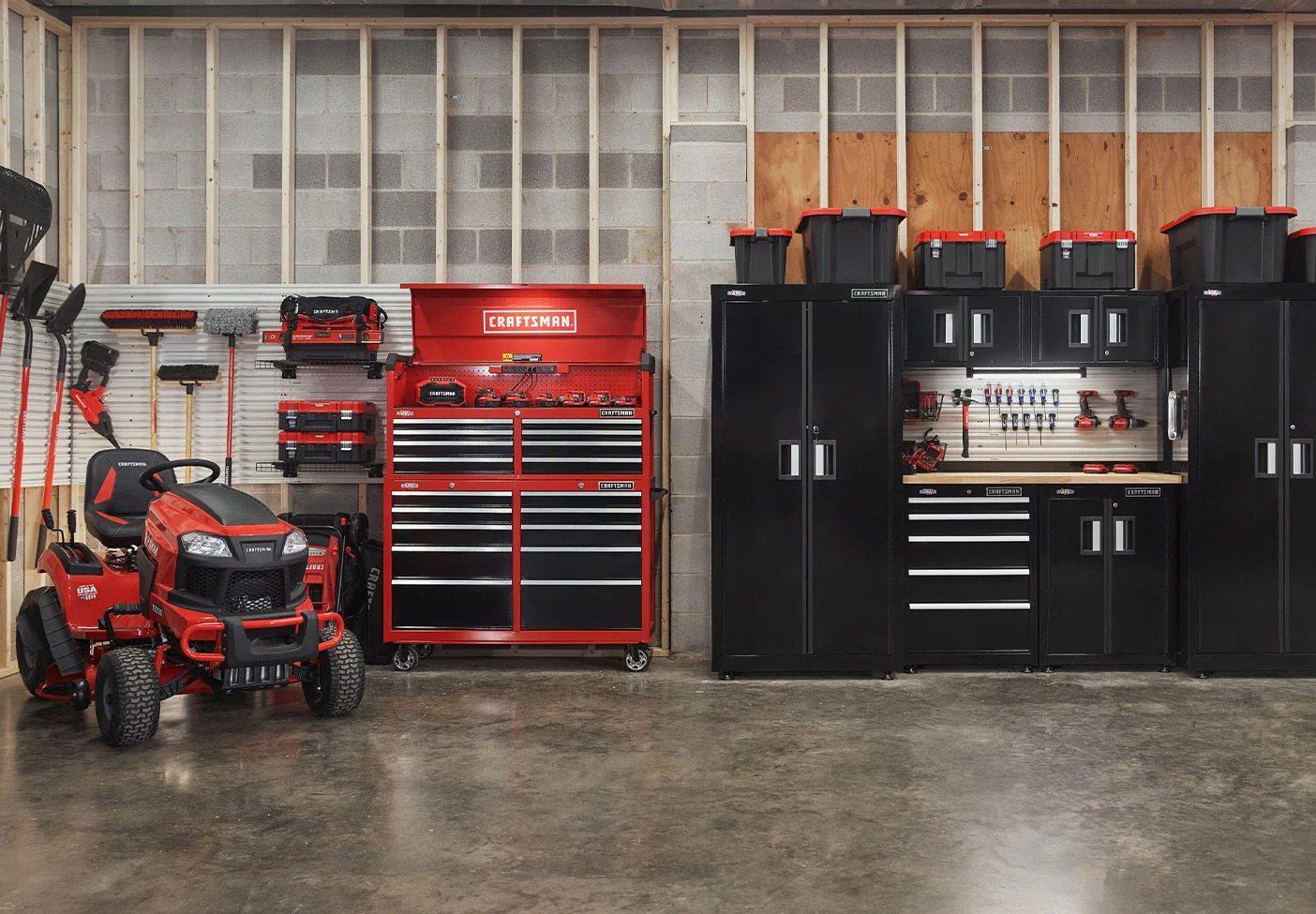
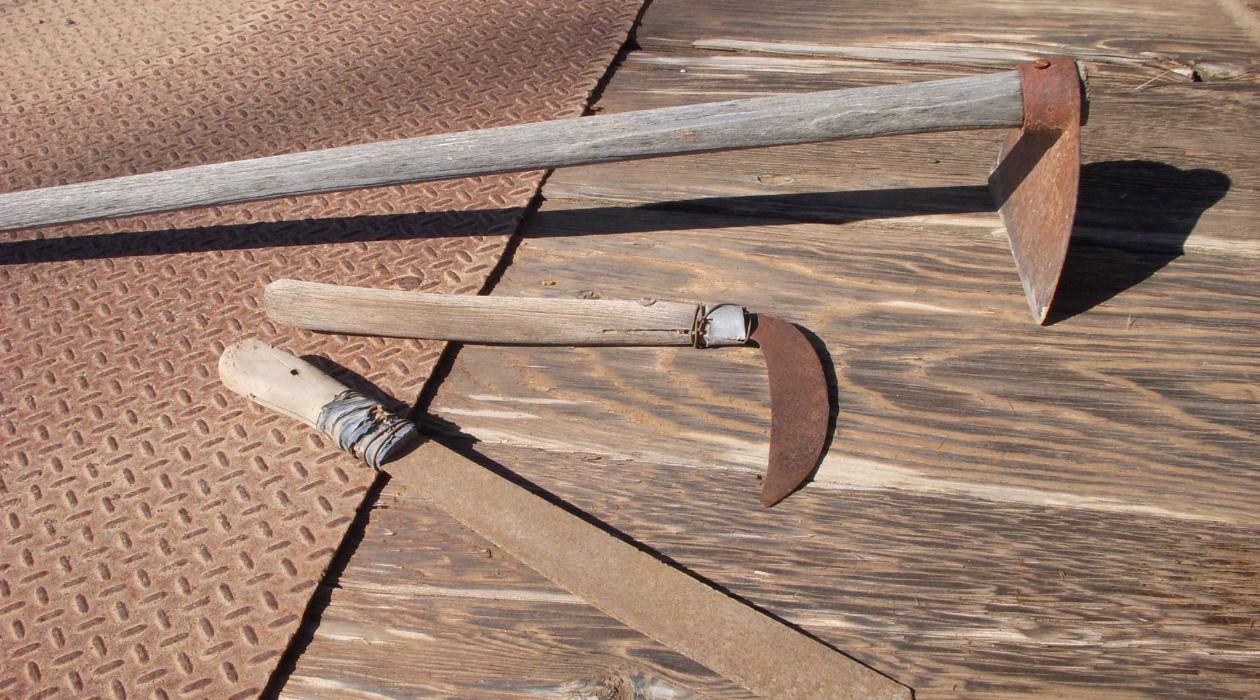

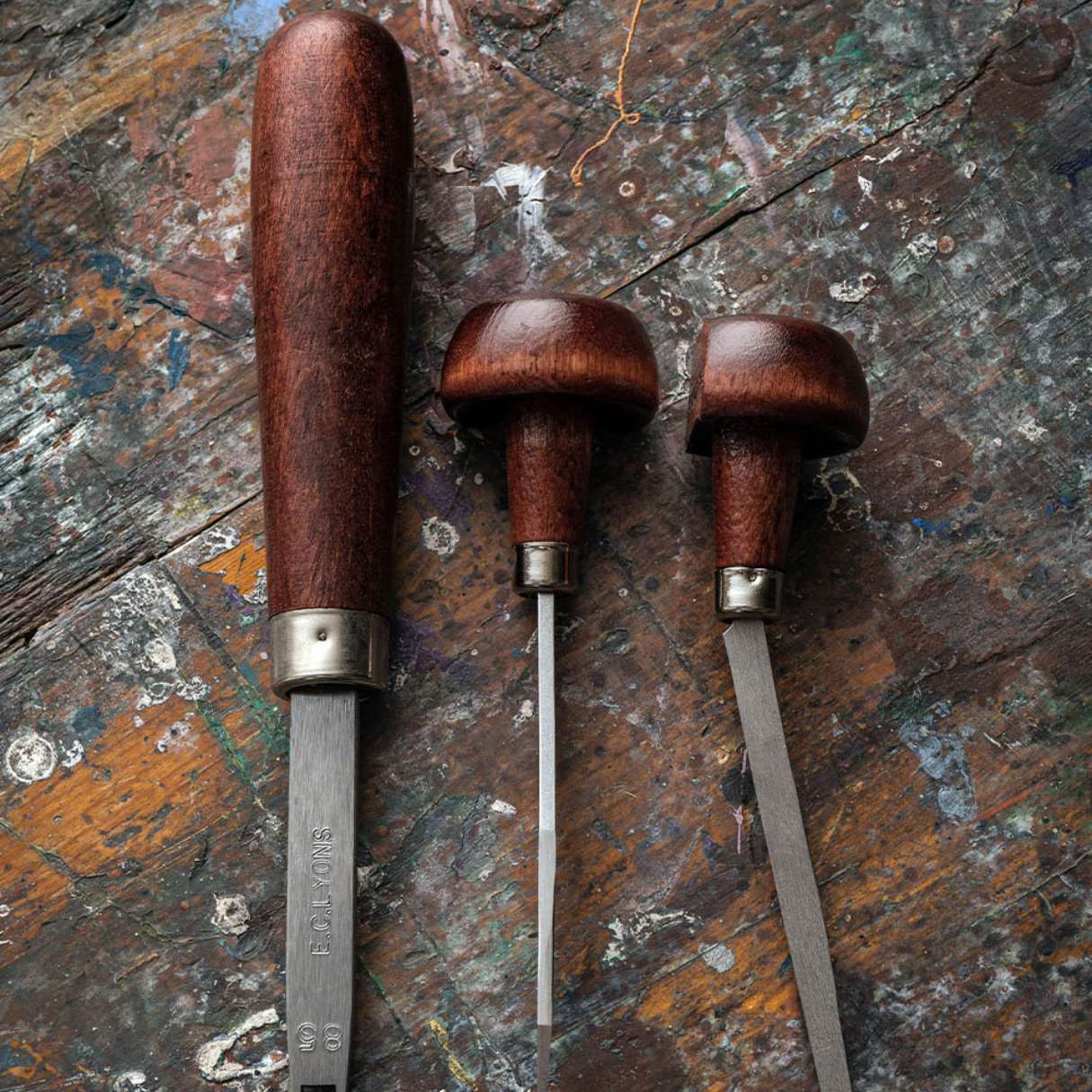
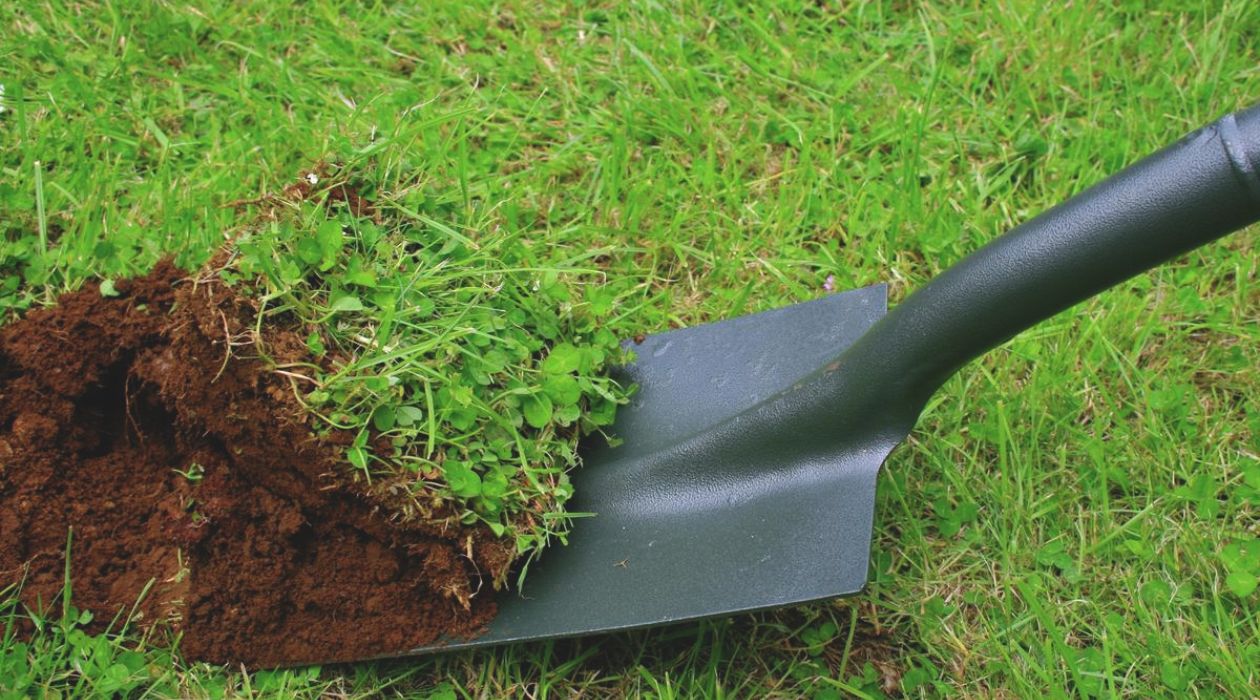
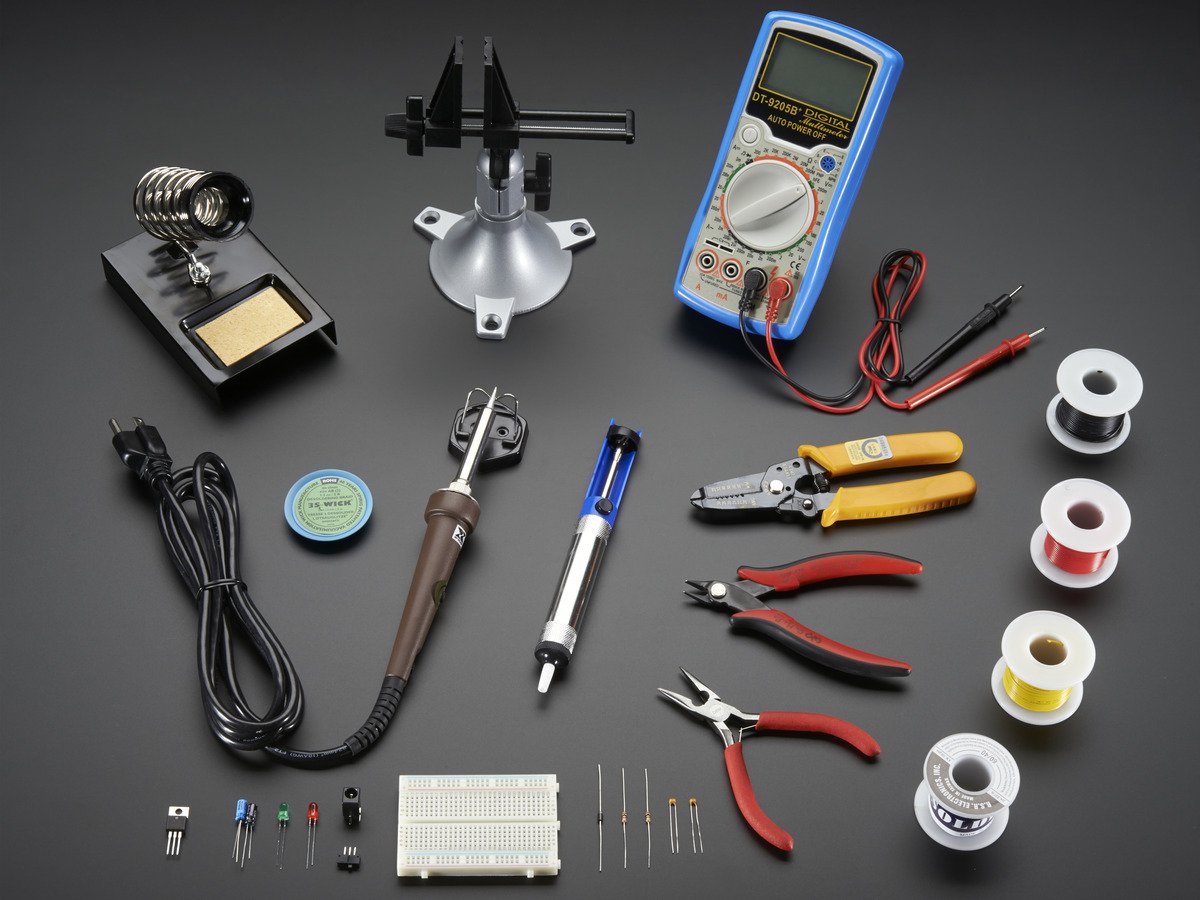
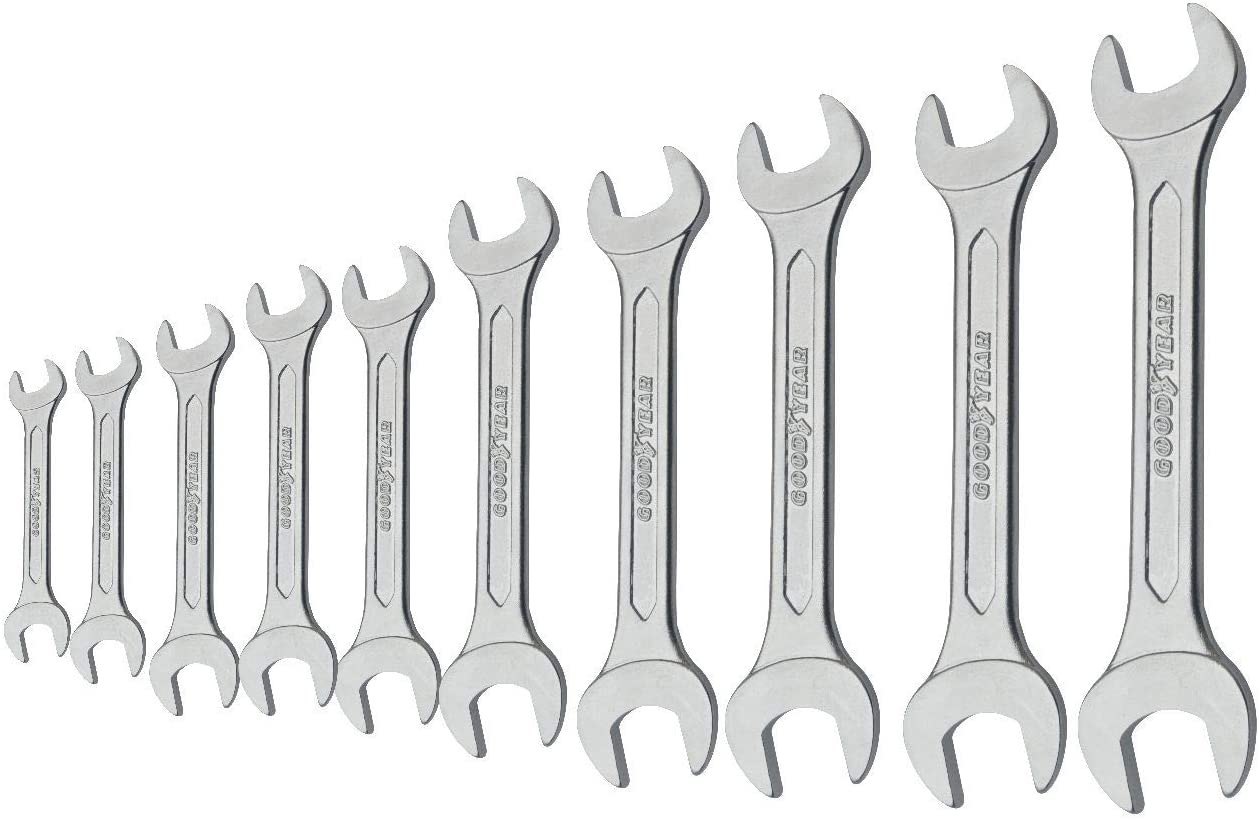
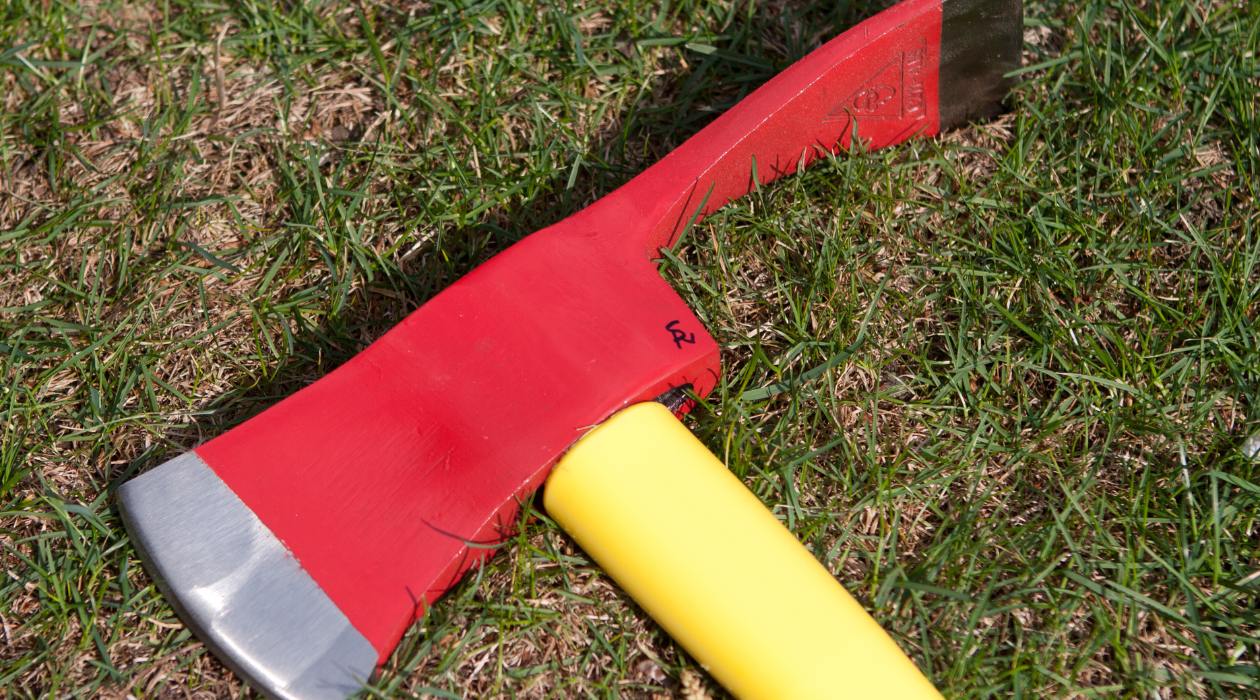
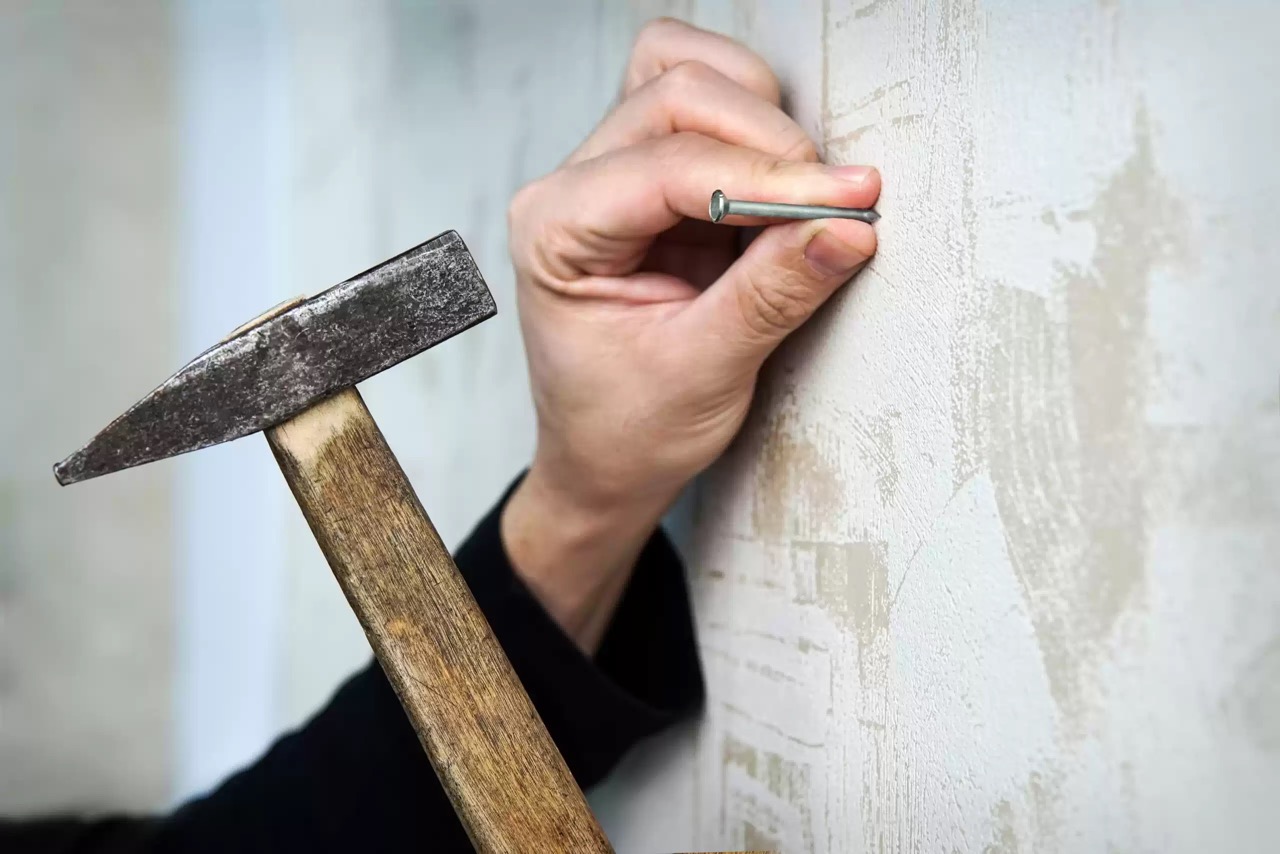
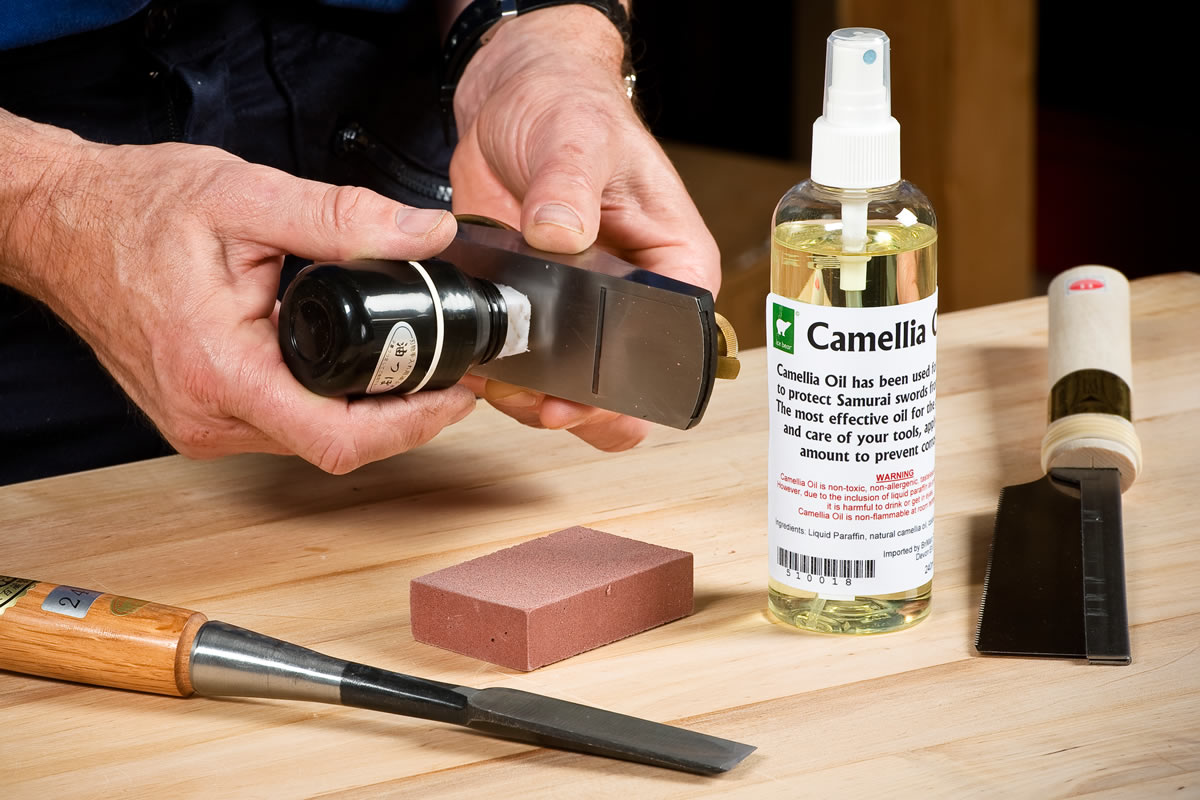
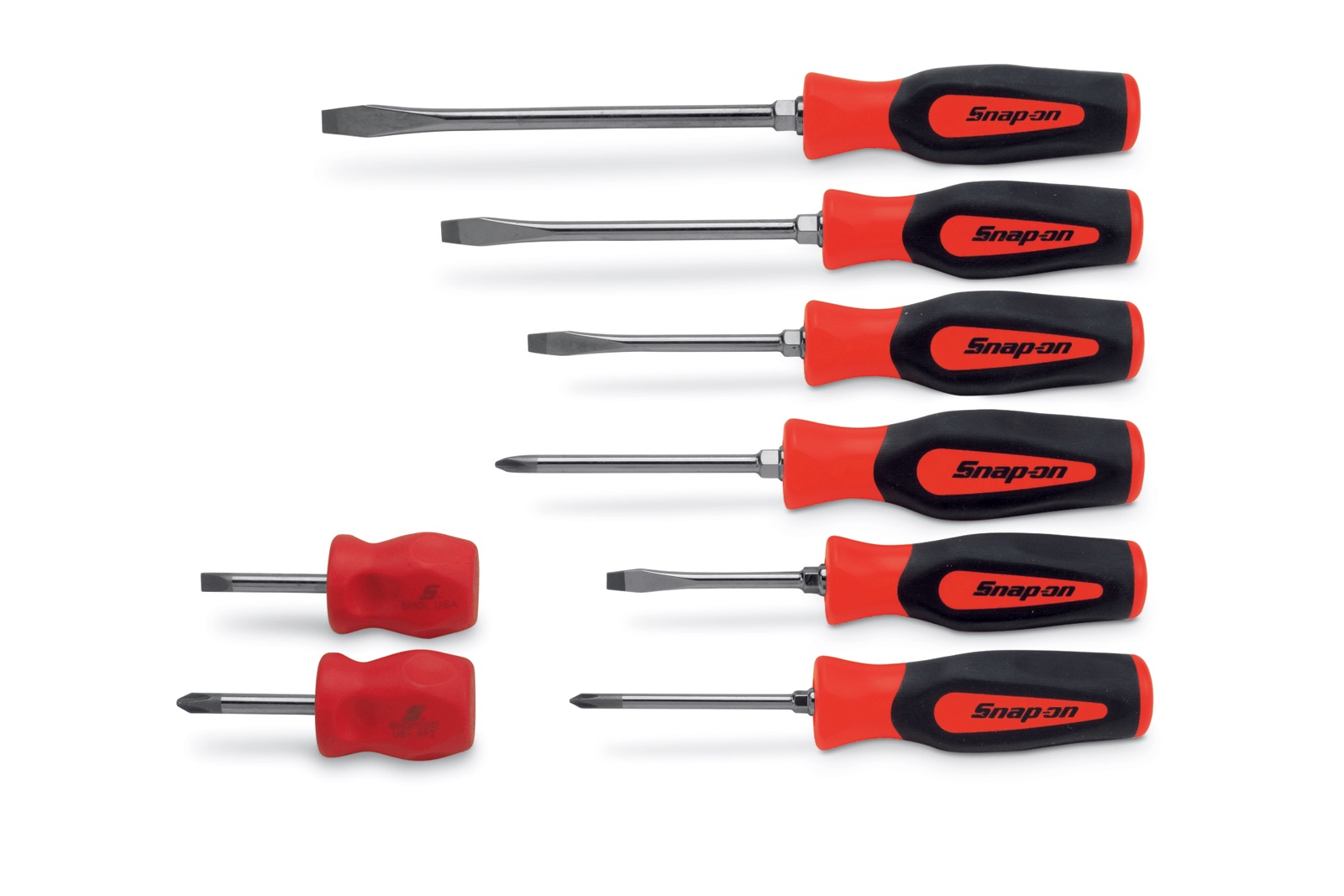
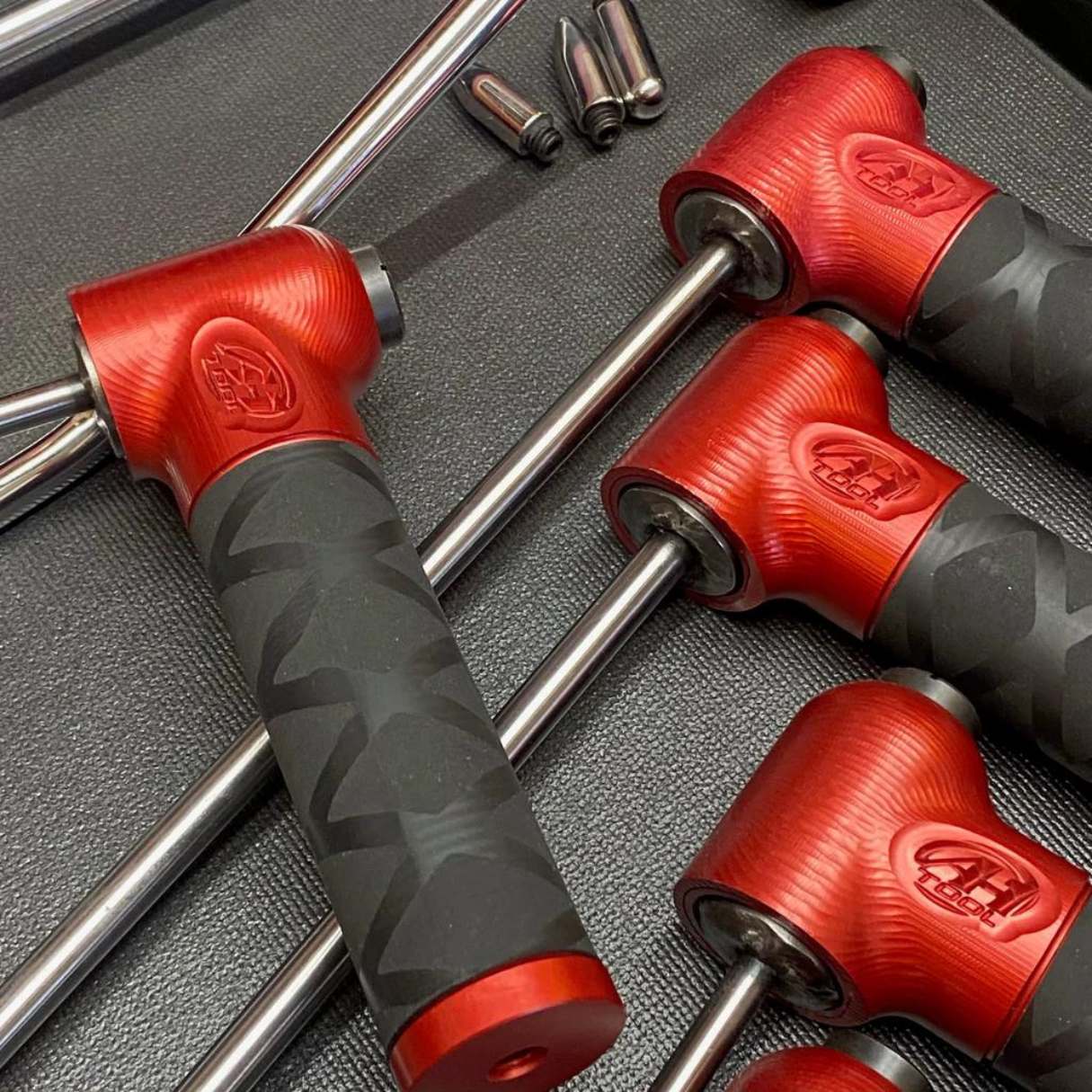

0 thoughts on “What Knives And Hand Tools Should An Entry-Level Cook Use?”